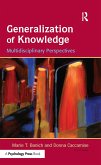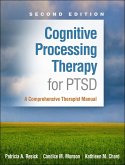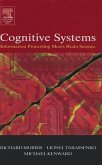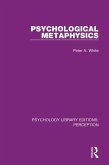Research Paper (postgraduate) from the year 2003 in the subject Psychology - Biological Psychology, grade: very good, Ruhr-University of Bochum (AE Biopsychology), course: Experimentalpsychologisches Praktikum, language: English, abstract: Cerebral asymmetries are a fundamental principle of vertebrate brain architecture. These asymmetrical structures are most likely beneficial for various kinds of information processings. Research has shown that the avian brain is highly visually-lateralized. Results display a left hemisphere/right eye advantage in pigeons for object processing. Unfortunately, findings on visuospatial lateralization are ambiguous. In chicks also a left hemisphere dominance for object processing has been shown whereas the right hemisphere is more probable to elicit high performances in visuospatial tasks. Inconsistently, homing pigeons revealed a left-hemispheric superiority for visuospatial orientation. We investigated visuospatial processing in pigeons (Columba livia) with a new experimental paradigm. The subjects were confined in a box with their neck and head protruding through a central circular opening. This opening was surrounded by sixteen concentrically arranged food positions each containing one piece of grain the animals had to peck at. Pigeons were tested alternately under monocular (left/right) and binocular conditions. We measured the time the subjects needed to peck all grains and the extent of visual scanning, operationalized by crossing the circular segments with their head. Although both monocular conditions did not differ with respect to the time needed to finish the task, right-seeing animals needed fewer scans to finish the task. Remarkably, both monocular conditions did not reveal significant differences in number of divers, number of peckfailures and number of direction changes. These findings display a higher efficiency of left hemispheric visuospatial processing. Left-seeing pigeons needed more scans per time than right-seeing birds to consume the grains. In summary, the superiority of the right hemisphere in spatial tasks is not an universal phenomenon of vertebrate brain architecture.
Dieser Download kann aus rechtlichen Gründen nur mit Rechnungsadresse in A, B, BG, CY, CZ, D, DK, EW, E, FIN, F, GR, HR, H, IRL, I, LT, L, LR, M, NL, PL, P, R, S, SLO, SK ausgeliefert werden.









